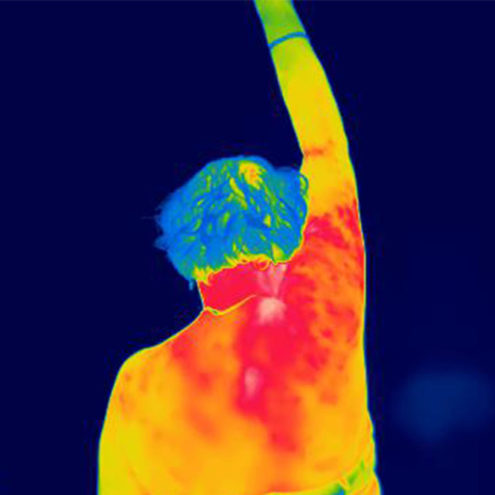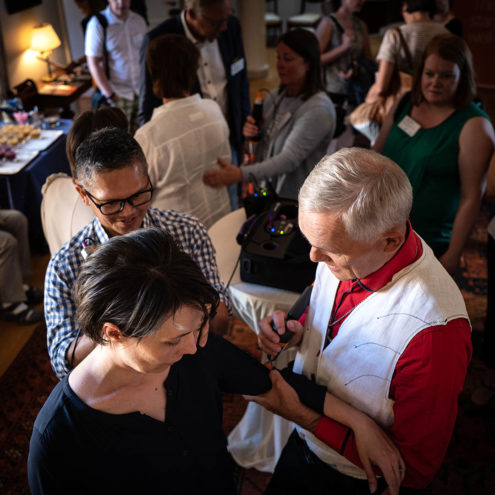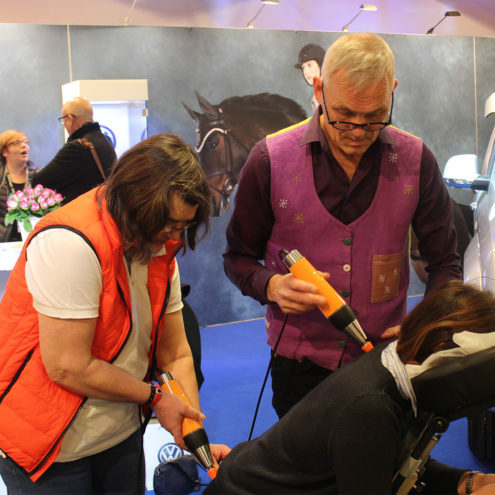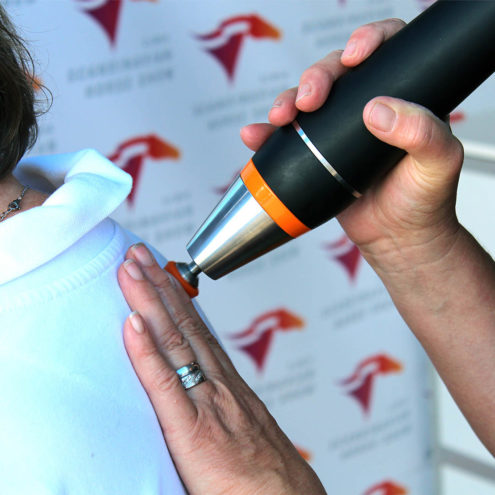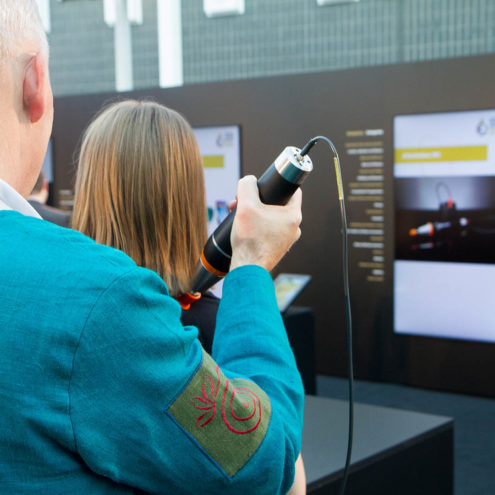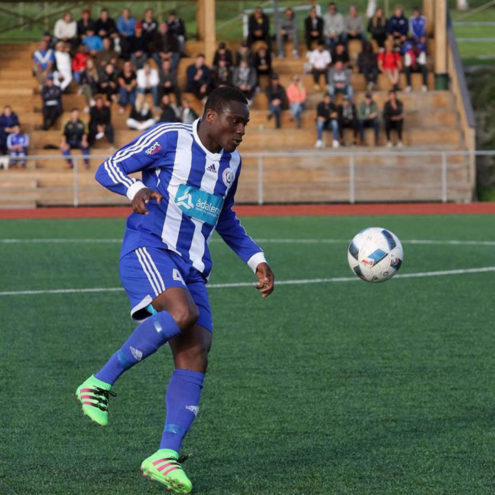Knee Pain When Squatting: Causes and Relief
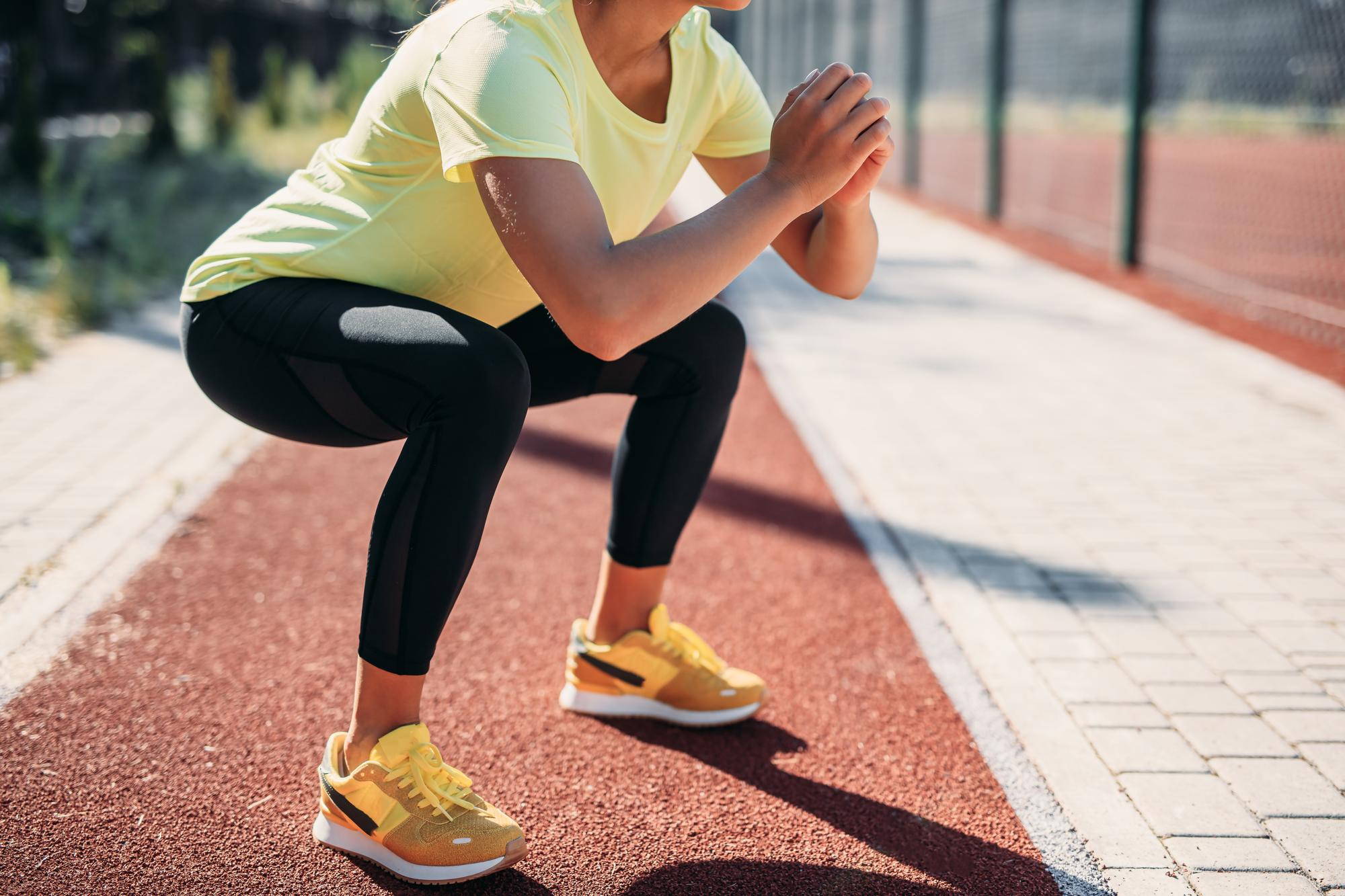
Knee pain when squatting is a common problem that can affect everyday life and leisure activities. There are several reasons why knee pain can occur when squatting. In this article, we will explore the causes of knee pain when squatting, the most common symptoms and how you can relieve the pain.
Why do I experience pain in my knees when squatting?
Increased load on the knee joints and ligaments
One of the main causes of knee pain when squatting is increased stress on the knee joints and ligaments. When you squat, you bend your knees strongly, which increases the pressure on the knee joints. This can particularly affect the cartilage that covers the joint surfaces and acts as a shock absorber. With repeated or prolonged strain, this can lead to pain and discomfort.
Lack of flexibility or strength in the muscles around the knees
The muscles around the knees, including the quadriceps, hamstrings and calf muscles, play an important role in stabilizing and supporting the knee joint. If these muscles are weak or stiff, it can lead to improper loading of the knee joint when squatting. Lack of flexibility can also limit your range of motion, increasing the risk of overuse and injury.
underlying knee problems such as tears or inflammation
Knee pain when squatting can also be due to underlying knee problems, such as torn ligaments or tendons, inflammation of the knee joint (arthritis) or other conditions affecting the knee joint. For example, a meniscus injury, which involves a tear in the cartilage of the knee joint, can cause pain when you bend your knee sharply. Arthritis, including osteoarthritis and rheumatoid arthritis, can also lead to pain and stiffness in the knees, especially with strain.
Symptoms of knee pain when squatting
Pain or discomfort in the knees when bending them
A common symptom of knee pain when squatting is pain or discomfort when bending your knees. This pain can be sharp and intense or more diffuse and dull. The pain often occurs immediately when you start squatting and may persist as long as you are in that position.
Increasing pain during prolonged squatting
Another indication of knee pain is that the pain worsens the longer you squat. Initially, the pain may be manageable, but after a short time it may intensify and become unbearable. This is due to the increased load and pressure on the knee joint over time.
Any swelling or tenderness around the knee joints
In more severe cases of knee pain, you may also experience swelling or tenderness around the knee joints. The swelling may be a sign of inflammation or injury in the knee joint, and the tenderness may indicate overstretched muscles or tendons. These symptoms can worsen with continued strain and should be taken seriously.
How to treat knee pain when squatting?
Relieving knee pain when squatting requires a combination of correct diagnosis and appropriate treatment methods.
The right diagnosis and treatment plan
First of all, it is important to establish the exact cause of your knee pain. This can be done through a thorough medical examination, including X-ray or MRI if necessary. Based on the diagnosis, a tailored treatment plan can be developed to address your specific needs.
Physiotherapy and exercise programs
One of the most effective methods to relieve knee pain is physiotherapy. Through specific exercises, you can strengthen the muscles that support the knee joint and improve flexibility. The physiotherapist can also teach you correct techniques for squatting and other movements to reduce stress on the knees.
Examples of exercises:
Quadriceps strengthening exercises: These exercises, such as leg presses and squats, help strengthen the muscles in the front of the thighs.
Hamstring stretching: Stretching exercises for the back of the thighs can improve flexibility and reduce tension on the knees.
Calf muscle stretching: Stretching the calf muscles can also help reduce knee pain and improve mobility.
Use of orthopaedic aids
Orthopaedic devices, such as knee pads or orthoses, can provide extra support and stabilization for the knees. These devices can reduce pain and improve mobility, especially during activities that involve a lot of knee bending.
Medication and pain relief
In some cases, medication may be necessary to manage the pain. Anti-inflammatory drugs (NSAIDs) such as ibuprofen can reduce inflammation and relieve pain. For more severe pain, cortisone injections or other pain-relieving injections may be considered.
Lifestyle changes and prevention
To manage squatting knee pain in the long term, certain lifestyle changes may be necessary. This may include avoiding activities that aggravate the pain, maintaining a healthy weight to reduce the strain on the knees, and engaging in regular exercise to keep the muscles strong and flexible.
Surgical procedures
In the most severe cases, when conservative treatments have not provided sufficient relief, surgery may be necessary. This may involve arthroscopic surgery to repair damaged structures in the knee joint, or in some cases knee replacement surgery to replace a damaged knee joint.
How can we help with knee pain when squatting
At the FasciaClinics, we take a holistic approach to treating knee problems. Our team of therapists use fascia therapy, a type of wellness treatment to relieve tension and pain in the body. The fascia is the network of connective tissue that binds and permeates everything in our body. All cells, tissues (even bone), muscles and organs contain fascia.
Fascia treatment focuses on releasing tension and adhesions in the fascia and increasing its flow. By reducing pressure and increasing circulation, cell membranes can more easily absorb nutrients and release waste products. In this way, fascia treatment can promote the body’s own healing. The treatment is pleasantly relaxing and painless. It gets the whole body flowing and helps you balance your posture so that the body is evenly loaded.
During a visit, we analyze the whole body to see where compensations and imbalances are and how they have spread. If there is an imbalance in the body, there is a risk that it will spread and affect other structures such as muscles and joints. That’s why it’s very important to seek help quickly as soon as you notice any symptoms.
A fascia treatment for knee pain for squatting involves balancing the body to make the load on the knees more even. A more even load will reduce the wear and tear on the muscles and other structures of the legs. This can reduce the risk of further injury and increase the body’s recovery.
In the meantime, it is very important to follow the recommendations of your healthcare professional while you are undergoing fasciitis treatment in order to return to your activities as soon as possible.
 Search
Search


